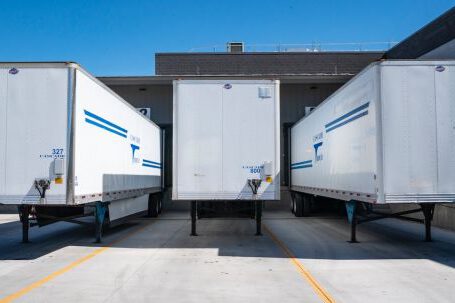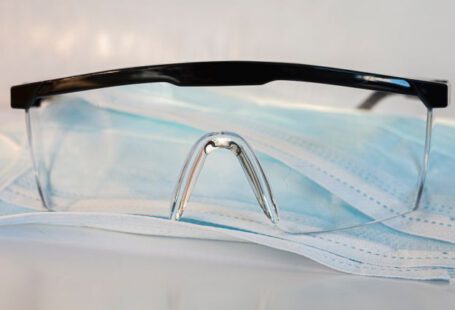The advancement of construction technology has enabled the industry to move away from traditional construction methods and embrace modern concepts such as prefabrication and modular construction. The use of construction equipment has played a key role in the successful implementation of these methods, allowing for greater efficiency, flexibility and cost-effectiveness. This article will discuss the role of construction equipment in enhancing prefabrication and modular construction.
The Benefits of Prefabrication and Modular Construction
Prefabrication and modular construction refer to the process of constructing a building or structure by pre-assembling components in a factory, and then transporting the completed components to the construction site for assembly. This method has numerous benefits over traditional construction, including increased efficiency and cost-effectiveness. Prefabrication and modular construction also allow for more flexibility in design, as components can be customized to fit the needs of the project.
The Role of Construction Equipment
Construction equipment plays a vital role in the prefabrication and modular construction process. Heavy equipment is necessary to transport and assemble large and heavy components, while smaller, lighter equipment is used for more precise tasks. Excavators, forklifts, and cranes are essential for moving and assembling the components, while bulldozers, excavators, and skid steers can be used to prepare the construction site. Additionally, specialized equipment is used to construct foundations and other components off-site.
Improved Efficiency
The use of construction equipment in prefabrication and modular construction projects can significantly improve efficiency. Prefabricated components can be constructed quickly and efficiently in a factory setting, and then transported to the construction site for assembly. This eliminates the need for on-site construction, which can be time-consuming and expensive. Additionally, construction equipment can be used to move and assemble components quickly and accurately, reducing labor costs and improving overall efficiency.
Increased Safety
The use of construction equipment in prefabrication and modular construction projects can also improve safety. Construction equipment can be used to quickly and accurately assemble components, which reduces the risk of human error and improves accuracy. Additionally, construction equipment can be used to move and lift heavy components, reducing the risk of injury to workers.
Cost-Effectiveness
The use of construction equipment in prefabrication and modular construction projects can also reduce costs. Construction equipment allows for faster and more efficient assembly of components, which reduces labor costs and improves overall cost-effectiveness. Additionally, prefabricated components can be purchased at a lower cost than traditional construction materials, further reducing costs.
Conclusion
The use of construction equipment in prefabrication and modular construction projects offers numerous benefits, including increased efficiency, improved safety, and cost-effectiveness. Construction equipment is essential for the successful implementation of these methods, allowing for faster and more accurate assembly of components. As the construction industry continues to embrace modern methods, the use of construction equipment in prefabrication and modular construction projects will become increasingly important.






